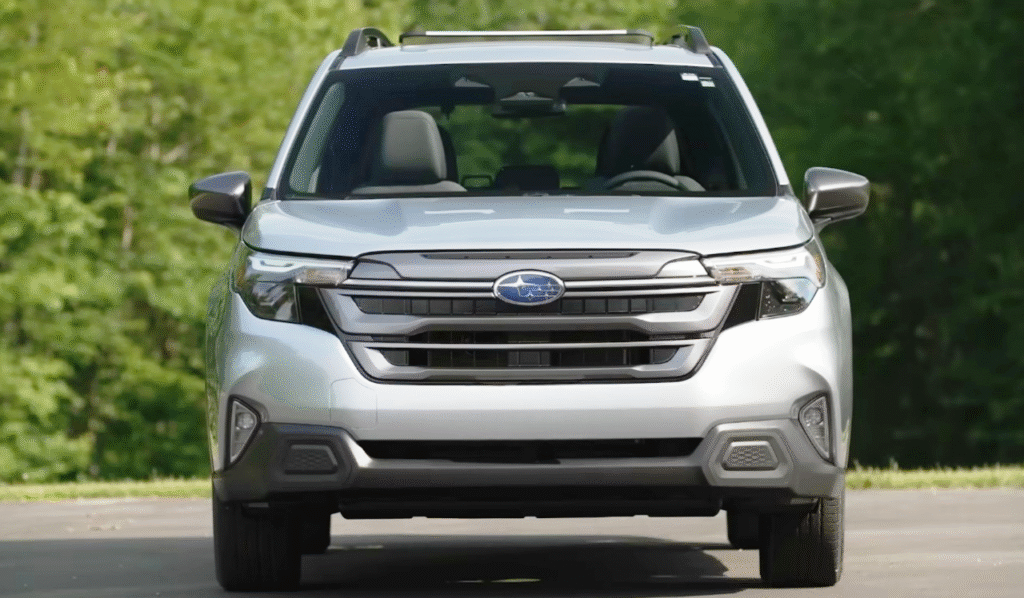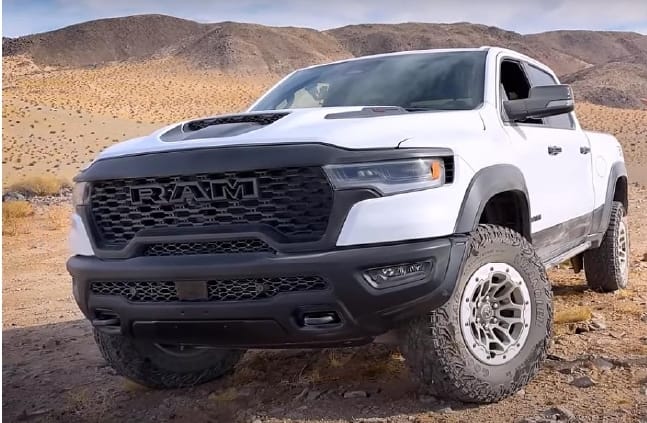2025 Subaru Forester Hybrid Review: Subaru’s Evergreen Adventurer Goes Electric
Check out our in-depth 2025 Subaru Forester Hybrid test — specs, fuel efficiency, interior features, actual off-road capability, pricing, and how it stacks up against the RAV4 Hybrid and CR-V Hybrid.
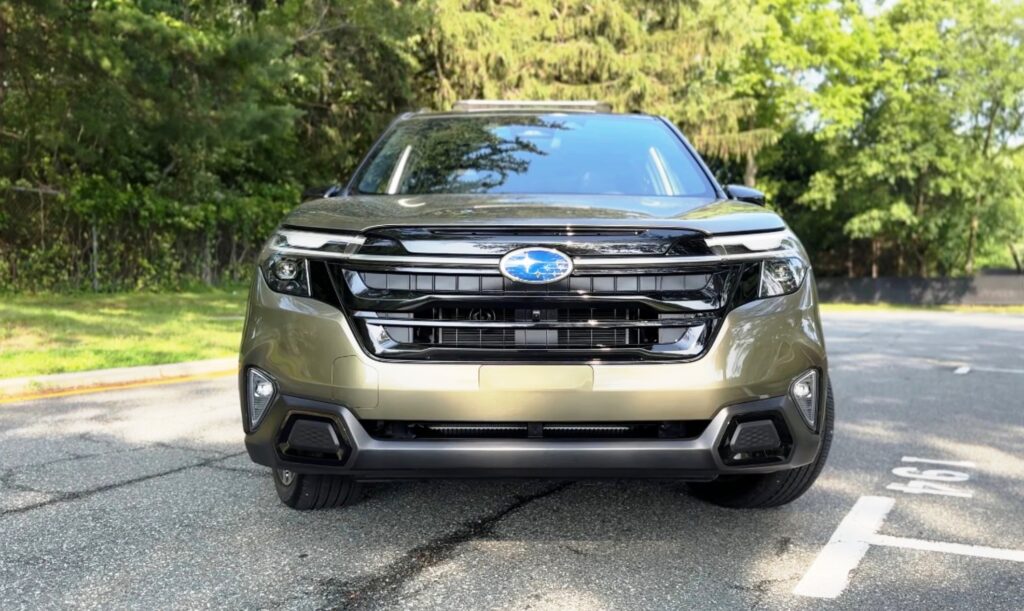
The Back Trail: How the Forester Became Subaru’s DNA on Wheels
In the 1990s, if car shoppers wanted an SUV, they received lumbering truck-based monsters. Subaru? They had other plans. They combined car comfort and SUV usability — uplift wagons, symmetrical all-wheel drive, and an attitude that said yes to snow, rain, gravel, muddy trails. The Forester was the pilot. And it paid off: millions were sold, fan clubs were established, and a cult-like devotion that goes deeper than most familial bonds.
Fast forward 2025: Everyone desires green, shoppers demand value, and Subaru enthusiasts demand to maintain their go-anywhere liberty — but use less gas in the process. That’s where the Hybrid comes in. Half old-school boxer, half electric boost, but all about upholding the brand’s mountain-trail ethos.
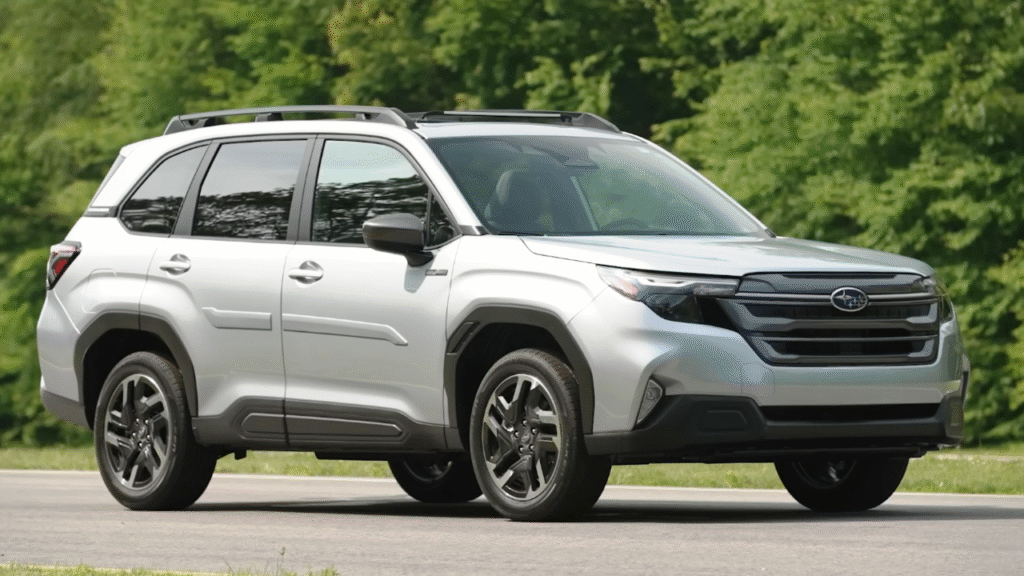
Inside the Cabin: Designed to Be Lived In
Let’s keep things real: Subaru buyers aren’t looking for chrome excess or piano-black interior trim that scratches when you glance at it crooked. The 2025 Forester Hybrid keeps what is great — functional comfort.
Materials: Upgraded soft-touch dash, better stitching on door panels, and more durable seat fabric on base trims. Upper trims receive premium leather and contrast piping — not Range RoverFLy, but rich enough for the price.
Tech: Subaru’s grandest stride is in connectivity. The 11.6-inch vertical infotainment screen finally matches mainstream competitors in feel. The response time is quicker, menus are more straightforward, and Subaru’s native nav system no longer seems to have been written in 2010. Wireless Apple CarPlay and Android Auto now function seamlessly — a requirement for 2025.
Space: The Forester has never been a space king in the compact segment — high greenhouse windows, large-opening hatch, level load floor. The Hybrid doesn’t give up any cargo space to fit in the battery — a significant advantage over some competitors who rob your luggage space to fit in the battery pack. Plan on around 29.5 cu-ft behind the rear seats, which levels out to more than 70 cu-ft when folded.
Comfort touches: Heated front and rear seats, heated steering wheel (thank you, Subaru, for our chilly morning starts). Touring models include ventilated seats as well.
Pro Tip: If you reside in snowy places such as Colorado, Minnesota, or Alberta — the Forester’s tall seating and large windows are a daily delight. There is more visibility than most competitors, and it still doesn’t feel like a bulky SUV, but rather a tall wagon.
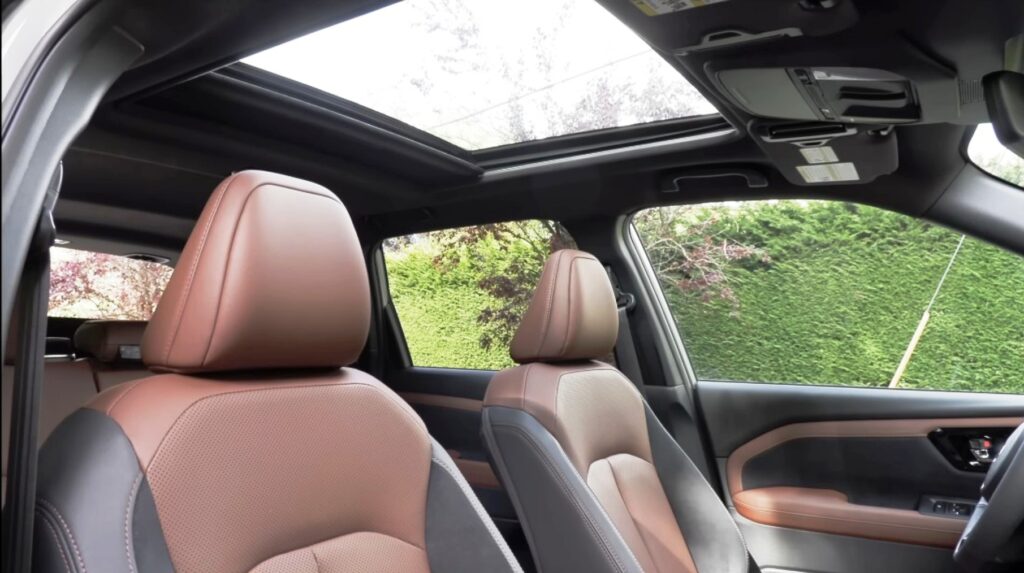
The Powertrain: Boxer + Hybrid = Better or Just “Eh”?
The Forester Hybrid is not a plug-in. It’s what tech geeks refer to as a mild parallel hybrid. That is:
2.5L naturally aspirated flat-four boxer engine.
Small lithium-ion battery + electric motor stashed inside the CVT.
Total output: ~194 hp, torque boost at lower speeds.
So what is it to you? Improved city fuel economy, more buttery stop-and-go, and that instant electric surge off the line when leaving a crowded intersection. On the highway, the engine handles most of the work.
MPG Reality Check: Subaru is targeting ~35 mpg combined, a nice in-between for gas-only crossovers and high-end hybrids like the RAV4 Hybrid (up to 40 mpg). Not market-best, but for die-hard Subaru drivers who wouldn’t trade brands for the world? It’s a highly welcome bump.
CVT Thump: Subaru’s Lineartronic CVT is smooth but still drones when accelerating hard. It’s improved over past models — stepped programming imitates gear changes — but you’ll hear the engine when you’re merging hard. If you detest CVTs, drive one first.
Snow, Gravel & Beyond: Subaru’s Symmetrical All-Wheel Drive is still full-time — not some on-demand imitation AWD that exists in other hybrids. The hybrid system doesn’t sacrifice the center diff — power delivery is front-to-rear balanced, always prepared for dubious road conditions.
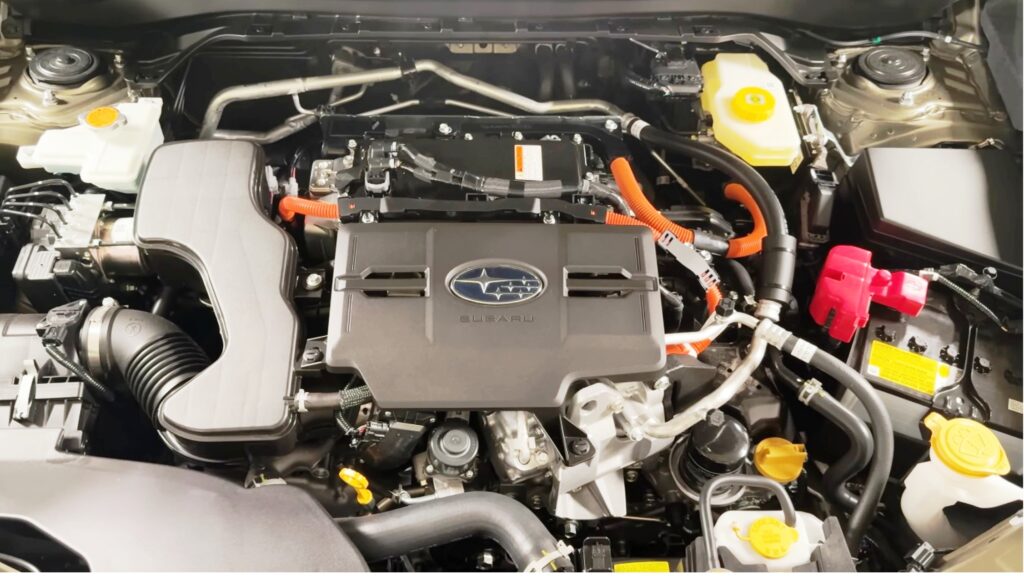
Safety: Still the Family Guardian
Subaru’s EyeSight driver-assist system is the best for a reason — it’s one of the most reliable semi-autonomous systems available for everyday driving, particularly in winter states.
Standard:
Adaptive cruise control
Lane centering and lane keep assist
Pre-collision braking with pedestrian detection
Lead vehicle start alert (nice for daydreamers at stoplights)
Optional:
Blind-spot monitoring
Rear cross-traffic alert
Reverse automatic braking
360-degree surround camera — for city drivers with cramped parking spaces
Based on the Subaru Global Platform, the 2025 Forester Hybrid sustain a strong body with additional zones of crash and a lower center of gravity due to the positioning of the battery. Top marks to expect again from IIHS and NHTSA. Subaru boasts an excellent track record for real-life crash results, which is why there are so many families that remain loyal to the brand.
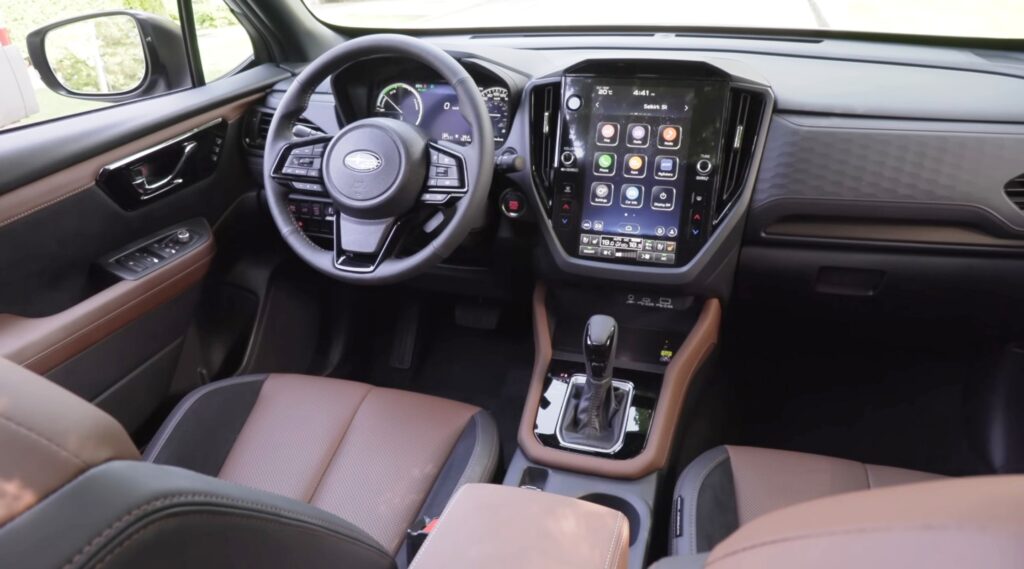
Real-World Capability: More Than Urban Pretend-AWD
Certain hybrid SUVs speak a big-game tongue but are actually urban hatchbacks. Forester Hybrid remains true to its off-pavement heritage:
8.7 inches of ground clearance — identical to the gas Forester.
X-Mode dual settings for Snow/Dirt and Deep Snow/Mud. This adjusts throttle, AWD split, and traction control for nasty situations.
Hill Descent Control for tough trails.
Modest yet practical 1,500 lb towing capacity, so you can tow a light trailer, jet skis, or small pop-up camper.
Reality Check: Wrangler trails? Forget it. But that dubious forest service road to the cabin? Or sloppy Vermont backroads after a rainstorm? The Forester makes it there without a second thought.
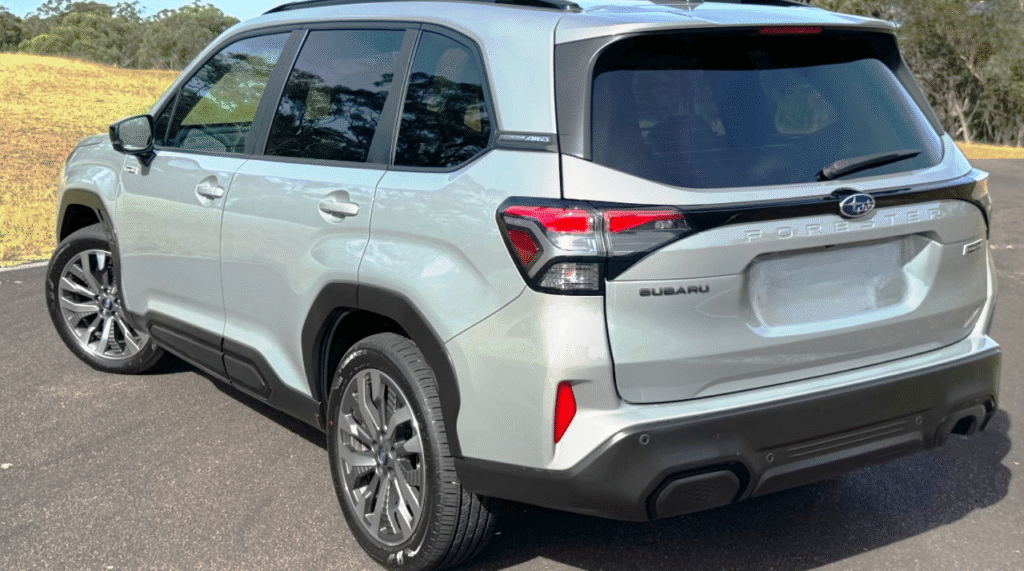
Price, Trim and Where You Can Get It
Base Hybrid Premium: ~$34,995 — cloth seats, bare bones EyeSight, large screen.
Sport: ~$39,595 — sportier appearance, larger wheels, dual-mode X-Mode.
Limited: ~$41,010 — leather, additional driver assists.
Touring: ~$43,295 — the lot: enhanced audio, nav, ventilated seats, full safety package.
Availability begins late spring 2025 in the US and Canada — initial models to go to snowbelt states popular with owners and the Pacific Northwest (Subaru’s spiritual homeland). Dealer markups to be expected initially in high-desire areas.
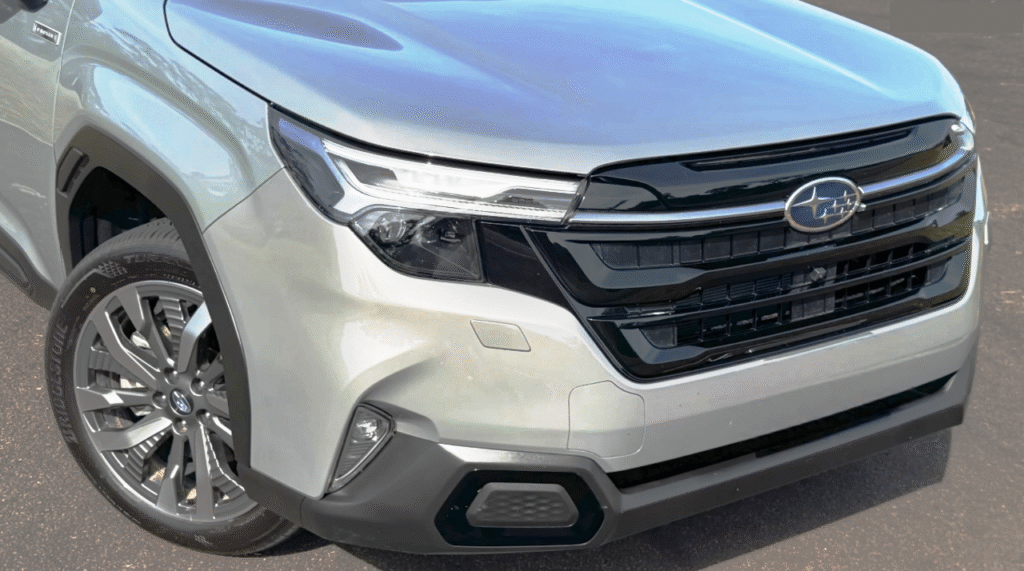
Pros and Cons Cheat Sheet
Pros ,Cons
Real AWD, real off-road capability
Not a plug-in hybrid — no full EV mode
Better fuel economy compared to gas-only
CVT drone remains present
Tough build, spacious cargo, dog-friendly
Fewer mpg than RAV4 Hybrid or CR-V Hybrid
EyeSight safety is excellent
No real improvement in towing capacity
Who Should Buy the 2025 Forester Hybrid?
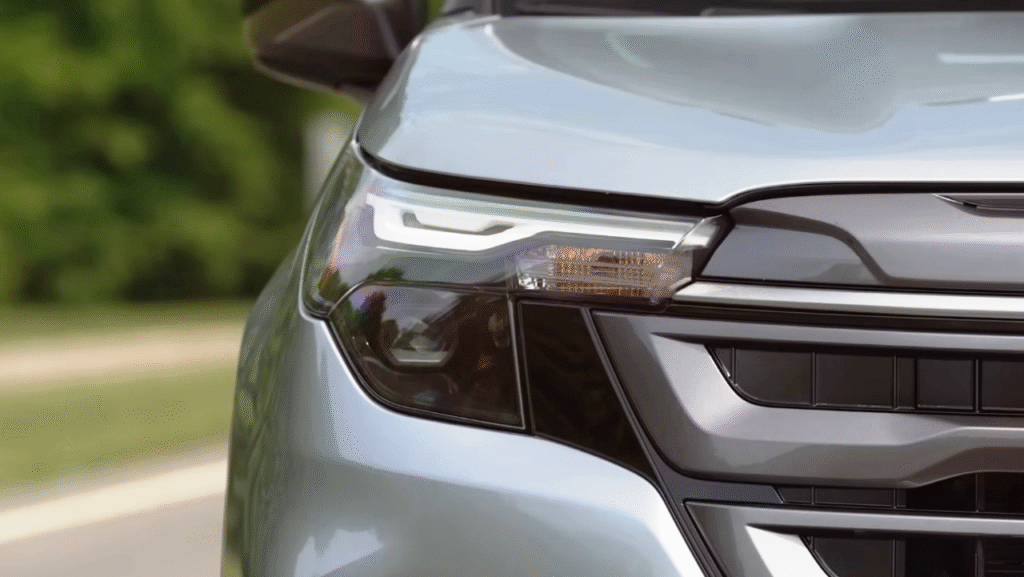
Best For:
Families who actually do real winter driving
Shoppers who despise front-wheel drive “AWD” pretenders
Outdoor enthusiasts with dogs, kids, and gear
Faithful Subaru fans willing to go green but not all-electric just yet
Skip If:
You need plug-in range and all-EV mode — consider RAV4 Prime instead.
You tow over 1,500 lbs on a regular basis — midsize SUVs are better at that than fullsizeSUVs.
You desire the very best hybrid MPG in class — Honda and Toyota win there.
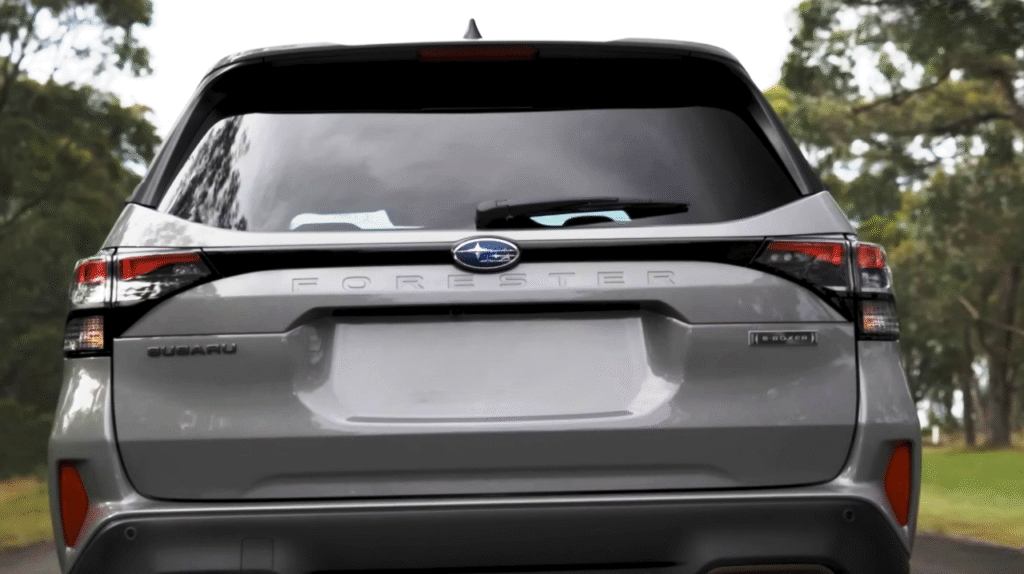
Expert Verdict
The 2025 Subaru Forester Hybrid won’t break headlines for innovative hybrid technology — but that’s the idea. Subaru’s strategy is incremental: same cherished brawny utility, same AWD all the time, just more miserly at the pump. For die-hards, it’s finally the upgrade they’ve requested. For newbies comparing it to the RAV4 Hybrid or CR-V Hybrid? It’s a legitimate challenger if functionality is more important than sheer mpg showmanship.
It's the same spirit of the forest trail — just with a lighter touch. And that's precisely what Subaru customers desire.
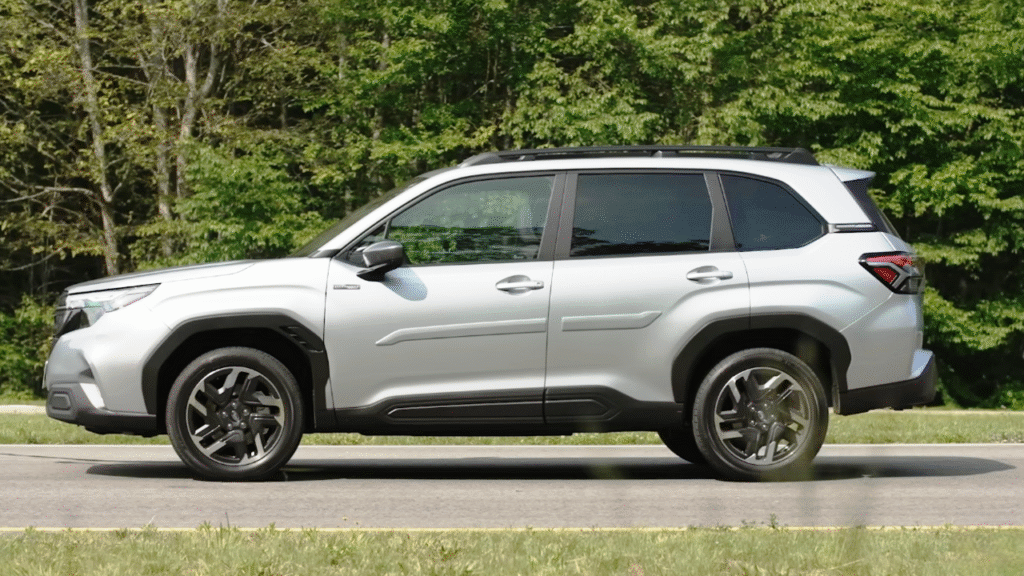
FAQ
Q: Is the Subaru Forester Hybrid plug-in or full hybrid?
A: It’s a mild/full parallel hybrid, but not plug-in. No need for external charging.
Q: Does the Forester Hybrid AWD better compared to the RAV4 Hybrid?
A: Yes — Subaru’s AWD is symmetrical and full-time. Toyota uses an on-demand rear motor for AWD assist.
Q: What’s the Forester Hybrid’s fuel economy vs the gas version?
A: ~35 mpg vs ~29 mpg for the gas-only Forester.
Q: Any tax credits for the Forester Hybrid?
A: Usually no — only plug-in hybrids and full EVs qualify for federal credits in North America.
Q: Where is the Forester Hybrid made?
A: Primarily in Japan — Subaru’s hybrid setup is polished from its worldwide e-Boxer employed in Europe and Asia.
